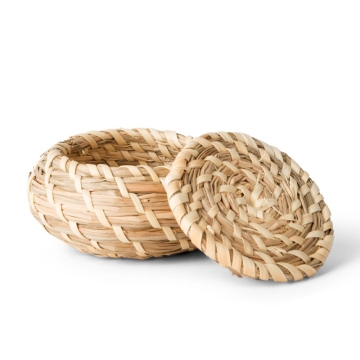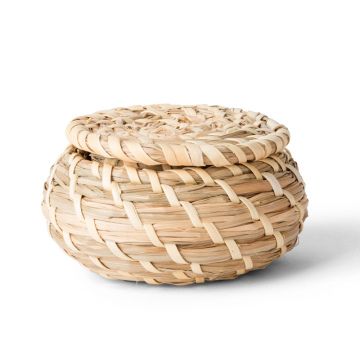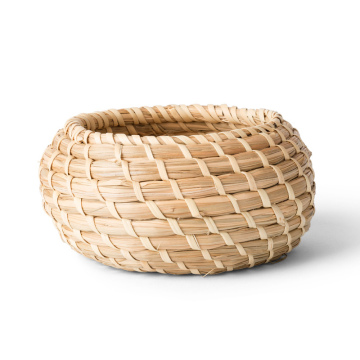Takoyaki Adventure: A Tasty Trip to Japan
Introduction to Takoyaki
Takoyaki, a popular street food originating from Japan, is a delightful spherical snack made primarily from a batter of wheat flour, dashi (a type of broth), and typically filled with diced octopus, tempura scraps, pickled ginger, and green onions. This savory treat traces its roots back to Osaka in the early 20th century, where it was invented by a street vendor, Tomekichi Endo, who sought to provide a quick and satisfying meal option. Over the decades, takoyaki has evolved, becoming a symbol of Osaka’s rich culinary heritage and spreading its popularity throughout Japan and beyond.
The preparation of takoyaki involves a unique cooking method. The batter is poured into a specially designed pan with half-spherical molds, allowing for the formation of perfectly round balls. As the batter cooks, it is turned continuously using a skewer until it achieves a golden-brown exterior and a soft, gooey center. The cooking process embodies a blend of art and skill, often captivating onlookers who watch the vendor deftly flip the balls with precision.
Takoyaki is not only a culinary delight but also holds cultural significance in Japanese society. It represents a communal eating experience, often enjoyed at festivals or during gatherings with friends and family. Street vendors serve this dish swiftly to cater to the fast-paced nature of urban life, embodying Japan’s love for quick yet flavorful snacks. Its distinct taste, enhanced by toppings such as takoyaki sauce, mayo, bonito flakes, and aonori (seaweed), makes it a must-try for anyone visiting Japan. The combination of textures and flavors, alongside the social aspect of enjoying takoyaki with others, makes it an essential part of the Japanese food journey.
Exploring Osaka: The Takoyaki Capital
Osaka, a bustling metropolis in Japan, is often celebrated as the birthplace of takoyaki, a delightful street food that has captured the hearts and palates of many. The vibrant street food scene here is among the most dynamic in the country, with countless takoyaki stalls and restaurants spreading the enticing aroma of this beloved dish. Visitors to Osaka will find themselves immersed in a culinary adventure, where the distinct taste of takoyaki is a must-try.
When exploring the city, one should not miss popular districts like Dotonbori and Namba, where takoyaki stalls line the streets, inviting locals and tourists alike to savor this delectable snack. The bustling atmosphere, especially in the evening when the neon lights of Dotonbori illuminate the scene, enhances the experience. Here, stalls offer various styles and flavors of takoyaki, from the classic octopus filling to more innovative variations featuring ingredients like cheese or different seafood.
To ensure an authentic takoyaki experience, look for stalls that have long queues, as this often indicates quality and popularity among locals. One notable spot is "Aizuya," known for its rich history and commitment to traditional recipes. Alternatively, the "Takoyaki Museum," located in the Universal Citywalk, offers a unique opportunity to taste different styles from various regions across Japan, showcasing the diversity of this dish.
A personal favorite is the takoyaki served at "Kukuru," which offers a soft, fluffy texture and a savory taste that is hard to resist. Many locals recommend topping the takoyaki with a golden drizzle of sauce, bonito flakes, and green onions, enhancing the flavor even further. As you wander through the streets of Osaka, sampling different takoyaki styles, the city's vibrant food culture will undoubtedly leave a lasting impression. The adventure of exploring Osaka's takoyaki scene is not just about satisfying hunger; it is about experiencing the rich tapestry of flavors and traditions that this city has to offer.
A DIY Takoyaki Experience
Embarking on a DIY takoyaki adventure in your own kitchen is a delightful way to savor a piece of Japanese culture. To replicate this renowned street food, you will need a few key ingredients and tools. The primary base for takoyaki comprises flour, dashi stock, eggs, and finely chopped green onions. Additionally, you'll require diced octopus, pickled ginger, and tempura scraps known as "tenkasu" to enhance the texture and flavor. Don't forget to procure a specialized takoyaki pan, which features multiple round molds essential for achieving that characteristic spherical shape.
Once you have gathered your ingredients, the preparation can begin. Start by whisking together flour, dashi, and eggs to create a smooth batter. The consistency should resemble a thin pancake batter. Preheat your takoyaki pan on medium heat and lightly grease it with oil to prevent sticking. Subsequently, pour the batter into each mold, filling them about halfway. Next, add your diced octopus, green onions, pickled ginger, and tenkasu into the molds. It is crucial to let the batter cook for a minute before using a skewer or chopstick to gently flip the half-formed balls. This flipping technique is fundamental to achieving the iconic round shape.
As the takoyaki cooks, keep turning them every few minutes for an even golden-brown exterior. The aroma that fills your kitchen during this process will undoubtedly excite all who are present. Once cooked, serve the piping hot takoyaki drizzled with takoyaki sauce and topped with bonito flakes and aonori (seaweed flakes) for an authentic touch. This culinary experience not only allows you to enjoy homemade takoyaki but also offers a playful and interactive ambiance for family and friends. Engage everyone in the cooking process, encouraging them to flip their takoyaki, thereby creating an atmosphere of camaraderie and joy.
Takoyaki Variations and Modern Twists
Takoyaki, a quintessential street food from Japan, has transcended its traditional origins, giving rise to a plethora of modern interpretations. At its heart, the classic takoyaki comprises a wheat flour batter infused with dashi stock, filled primarily with diced octopus, and garnished with an array of toppings including green onions, pickled ginger, and bonito flakes. However, contemporary culinary trends have inspired chefs and home cooks alike to experiment with diverse fillings and toppings, leading to exciting new variations.
One notable adaptation is the incorporation of different proteins, such as shrimp, crab, or even cheese, catering to a broader palate. These fusion recipes not only celebrate the iconic flavors of takoyaki but also introduce unique textures and taste profiles that appeal to both traditionalists and adventurous eaters. For example, a popular variation involves adding kimchi to the batter for a spicy kick, bridging Japanese cuisine with Korean flavors, while others have embraced vegetarian options, utilizing ingredients like mushrooms or sweet potatoes to create equally delightful orbs.
Moreover, modern-day takoyaki ventures beyond the plate, embracing international flavors and innovative presentation styles. Food trucks and restaurants across the globe have experimented with serving takoyaki as bowls, suitable for sharing, or topped with unconventional sauces like spicy mayo or truffle oil. This evolution reflects a dynamic food culture that encourages creativity, allowing traditional dishes to flourish in new environments.
The continued popularity of takoyaki speaks to a larger trend within Japan, where culinary artistry is revered. Chefs are committed to preserving the essence while simultaneously reimagining recipes to captivate newer generations. Enthusiasts exploring this dish will find that both classic and modern variations coexist, promising a flavorful adventure on their journey through Japanese cuisine.











